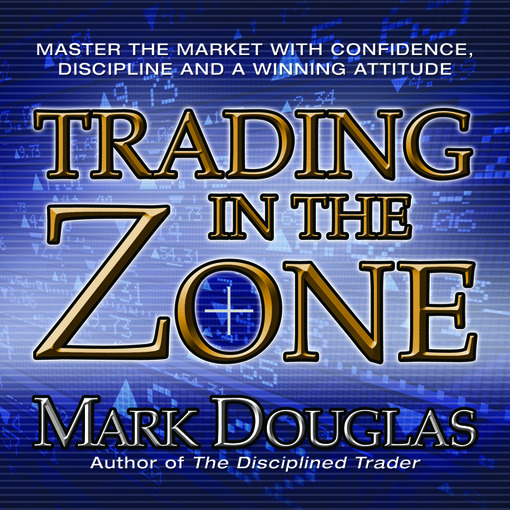Assuming you use rules in your trading, here’s an exercise that can bring new insight into analyzing your trade metrics. The next time you review your trade history (you do review it, right?) focus on the rules of the trade. Specifically, ask yourself how you responded to the rules.
For this exercise we will use two types of rules—external and internal. An example of an external rule would be one generated from your trading system. Let’s use a simple moving average cross as a buy order. An example of an internal rule would be discretionary in nature. Usually we can find these in statements like “I told myself that I’d trade smaller ahead of my vacation so I wouldn’t have to worry about positions and truly relax.”
Take a piece of paper and divide it into two columns; one for external and one for internal. Now process your prior trades to see which types of rule you followed and didn’t follow. Take it a step further to see which type of rule had larger profits or losses over time. See if there’s a correlation between length of trade and type of rule. Perhaps there’s a common thread between losing trades and not following your internal rules. If so, this would suggest a lack of discipline on your part which can be fixed by creating an external rule to avoid or lessen losses in the future. Have fun with the exercise but approach it with the intent to improve your trading. (more…)


 1.) When it comes to trading, it turns out that the skills we learn to earn high marks in school, advance our careers and create relationships with other people, turn out to be inappropriate for trading. Traders must learn to think in terms of probabilities and surrender all of the skills acquired to achieve in virtually every other aspect of life.
1.) When it comes to trading, it turns out that the skills we learn to earn high marks in school, advance our careers and create relationships with other people, turn out to be inappropriate for trading. Traders must learn to think in terms of probabilities and surrender all of the skills acquired to achieve in virtually every other aspect of life.